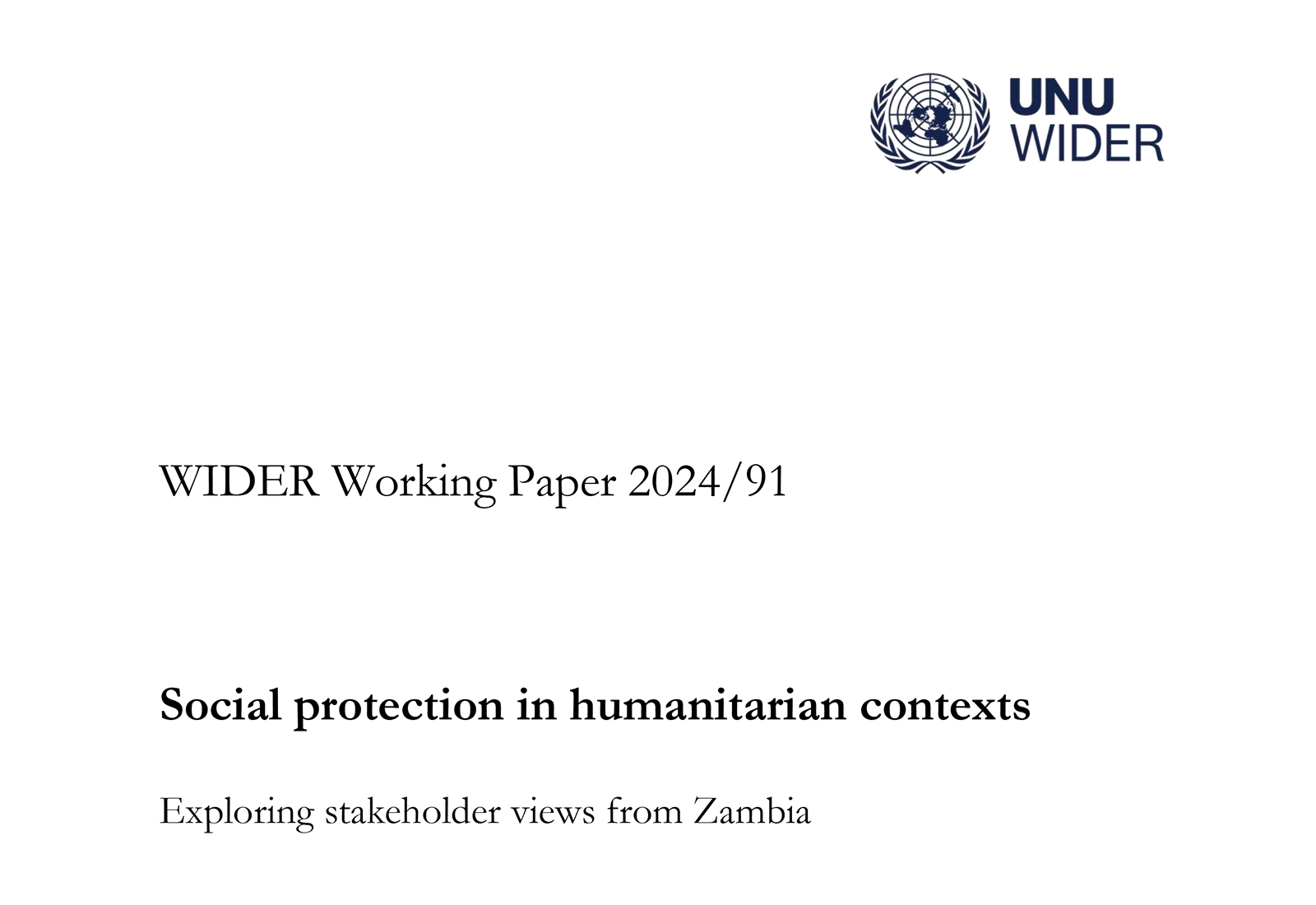Housing Demand in Finland. A Cross-Sectional Analysis Using the Wealth Survey 1994
Abstract
The study examines factors influencing the demand for owner-occupied housing using the Statistics Finland Wealth Survey from 1994, which is a comprehensive cross-sectional dataset containing household-level information. The aim is to expand knowledge about the factors affecting housing demand in Finland.
The size of the dataset allowed for accurate estimation of income elasticity. According to the results, the income elasticity of housing demand is approximately 0.2 (meaning a one percent increase in household gross income would raise housing demand by 0.2 percent). It is difficult to estimate price elasticity reliably from cross-sectional data. The results suggest that the price elasticity of demand for owner-occupied housing would be around –0.15 (meaning a one percent increase in the price per square meter would reduce housing demand by about 0.15 percent). Additionally, an inheritance received by a household increases housing demand, supporting the view of imperfections in capital markets. In the capital region, the demand for owner-occupied housing is lower than elsewhere in the country, after controlling for other factors affecting housing demand.
In forecasting housing needs, it is usually assumed that income elasticity is one in the long term. Since the income elasticity of housing demand has been estimated from cross-sectional data, it should be used cautiously in forecasting housing needs. However, conducting sensitivity analyses with an income elasticity assumption below one is supported by the study.
- ISSN: 1236-7184
- ISBN: 952-5071-28-6
- Publication in PDF-format

- Petri Böckerman
- Chief Researcher
- Tel. +358-40 091 3189
- petri.bockerman@labore.fi
- Profile


